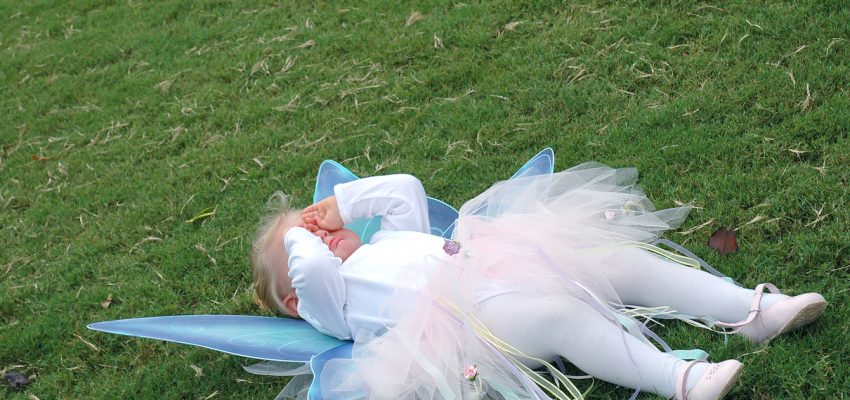“They’ve got too much stuff!” is the lament of many a parent these days. The rise of consumerism has meant that children are exposed to advertising that means that they must have the latest toy or gadget, or they will actually die. You also contend with family and friends showering them with gifts. It just not healthy.
Clutter makes us feel overwhelmed and it is no different for kids. We need to live a simpler, more sustainable life, and you need to find what that means for your family. Take what works for you from the suggestions below and try out your own ideas. There is no right way to declutter your life.
If, like most parents, you have to smuggle old toys from the house like a drug mule, here’s how to make the switch to a simpler life.
Here’s why its good:
- Decluttering will create a calmer, more serene environment. Kids will feel like there is order in the universe and won’t be so easily overwhelmed.
- Buying fewer toys and clothes will be better for the environment. By 2050, there will be more plastic in the ocean then there are fish.
- Cleaning up can be overwhelming if you own more toys than Bill Gates has dollar bills. Fewer toys means less intimidating cleanup that kids can do independently.
- Buying less means you have more money for family activities.
- Toys offgas VOCs into your home. Fewer toys means healthier indoor air.
- When kids have less, they learn to look after their toys.
- Too much stuff can be a sensory overload for kids. Fewer things can help them play independently for longer.
- Reducing the number of toys will help kids learn the value of things and become more responsive adults that aren’t bound to consumerism.
- Damn the man.
Step 1: Set the scene
Start by explaining all the (brilliant) points above. Kids are smarter than you think and who knows, they may want to stick it to the man as well. Explain the virtues of decluttering and be sure to mention that buying less stuff will mean you have more money for fun activities.
Minimalist Leo Babauta: “In a family, minimalism is really a conversation about what’s important. What’s necessary. Why we own things and do things. A lot of times, a family never really has this conversation — it’s all just implied in the way we live. But minimalism is about bringing this out in the open and talking about it.”
Step 2: Start with you
Practice what you preach here are start with your own purge. Let your kids participate and make it fun. Get them to help decide which clothes from your closet go in the charity bin and then do the same with your home. Take them with you to the charity shop so that they can participate in the joy of giving to others.
Step 3: It’s all fun and games until someone loses an iPhone
Ok, crunch time. Choose a space like a shelf or toy box or closet. Now get them to choose just enough toys to fill the space. If it doesn’t fit, it doesn’t stay. They should have a say in what goes and what stays. There may be tears but persevere. Donate old toys and clothes to charity and explain how they are helping other kids who don’t have as much. Reward them for their generosity.
For older kids, issuing family challenges is a great motivator. Try to see which family member can purge the most or go the longest without buying something new.
Step 4: Keep it tidy
OK, you don’t want to have to go through this again, so you need to keep a lid on what comes into the house. For birthdays, ask friends and family to give cash. $1, $2 or $5 is a perfectly good donation that will go to one big gift. Parents will be pleased they don’t have to rush out and buy a gift at the last minute and your kid doesn’t get a whole heap of junk. The same goes for Christmas.
If you do get gifts, it’s a one-in-one-out kind of deal. For every new gift that comes in, an old toy gets the boot.
Start substituting gifts for memories. As rewards or presents, offer kids a fun activity with the family. These don’t need to cost money—picnics, backyard camping, forest walks, games, restaurant meals, movie nights and pillow forts are all things that won’t cost much but will be fun experiences.
“Spend half the money and twice the time with your family. The return on your investment will be exponential,” say Joshua Fields Millburn and Ryan Nicodemus whose book “Minimalism: Live a Meaningful Life” has helped over 20 million people declutter.
Avoid restaurants that give toys with meals—these are often made with plastics that end up in landfills or in one of those garbage patches in the ocean.
Setbacks are bound to occur. Your child will see an advert for a million tiny plastic dolls that they must have or family members and friends will bring bags of gifts to counteract your grinchy ways, but take these as healthy challenges that need to be overcome. And soon enough, it will be your children who are saying no, thank you as they internalize the virtues of living sustainably with room to breathe and play.
Do you have tips that can help other parents? Please share them in the comments below.




